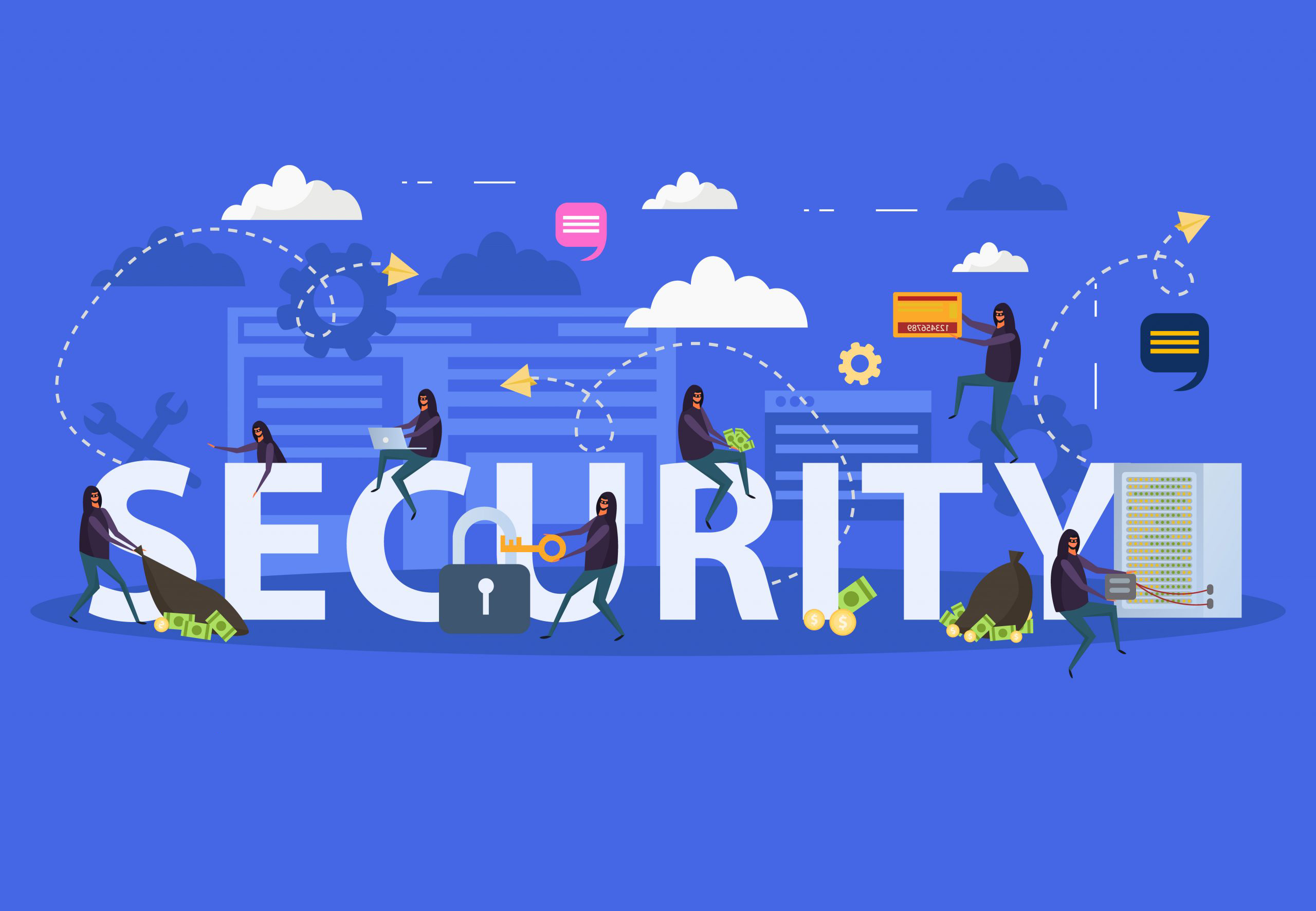Cybersecurity challenges are a reality everywhere. They are immediate, and they are affecting organisations of every size and type. Whether you are running a public authority, managing a growing business, or supporting national infrastructure, the threat landscape is shifting. Attacks are becoming more frequent, more sophisticated, and more disruptive.
This is a shared reality. Whether you are working in a major city or a smaller market, the nature of the threat is fundamentally the same. So is the responsibility to respond to it.
The encouraging news is that awareness is growing. More organisations are taking cybersecurity seriously, not simply to meet compliance obligations, but because the business risks are becoming more obvious. There is greater collaboration, increased investment, and more engagement at leadership level. That is real progress.
Initiatives like the Coordinated Vulnerability Disclosure Policy (CVDP) are helping to build trust too, by encouraging responsible information sharing. MITA’s Malware Information Sharing Platform (MISP), through which public and private stakeholders can exchange indicators of compromise and threat data, are partly driven by compliance, but also reflect a growing awareness of what good practice looks like today.
Weak monitoring and delayed response
This is a clear sign of progress, but progress on its own does not guarantee preparedness.
The reality is that many of the attacks we see today - phishing, business email compromise, ransomware, remote access abuse, supply chain - can be prevented. They often succeed because of gaps in awareness, weak monitoring, or delayed responses.
The shift to remote and hybrid work has created new vulnerabilities. In some cases, businesses lack visibility over who is doing the work or even whether those individuals are who they claim to be. This is not hypothetical. There are documented cases of cybercriminals infiltrating organisations through fake remote job schemes.
Even when internal systems are secure, the supply chain often is not. Third-party vendors and service providers can unintentionally introduce serious risks. Breaches where a third-party was involved doubled to 30% according to Verizon’s 2025 Data Breach Investigations Report.
The threat of Shadow IT
Shadow IT, where employees use unauthorised applications or cloud services, only increases the attack surface and makes it harder to manage. According to Gartner, 41% of employees have acquired, modified or created technology that IT is not aware of. This is expected to increase to 75% by 2027!
And having the right tools is not enough. Misconfigured systems, outdated policies, or an overreliance on automation can create a false sense of security. When new vulnerabilities or attack techniques appear, the response time is still too slow. That gap between threat discovery and defence is often when the real damage is done.
The key message here is simple. Cybersecurity is not a task to complete and move on from. It is a continuous process that demands discipline and attention. Regular risk assessments, timely updates, effective monitoring, and a company-wide culture of vigilance must all be part of standard operations.
The consequences of a breach are not only technical. There can be reputational damage, loss of productivity, and serious financial costs. That is why cybersecurity must be seen as a strategic business issue, not just an IT concern.
Signs of progress are welcome, but true resilience is not built once. It must be maintained through ongoing effort, practical thinking, and the ability to respond quickly when it matters most. In today’s environment, no organisation is too small, too peripheral, or too prepared to be a target.
Many businesses acknowledge the importance of security but do not have the resources or the skillset in-house to create a security strategy. BMIT cyber resilience experts can help develop a strategy that protects your business today and in future. Talk to us.

